
Collecteurs is thrilled to announce a series of unique records engraved on x-ray films featuring unreleased songs and audio from artists and thinkers including, Massive Attack, Noam Chomsky, Nástio Mosquito, Jónsi of Sigur Rós, Alex Somers, Pussy Riot, Cyborg Neil Harbisson, and Lord Mayor of Sheffield Magid Magid. Together with this influential group of artists and thinkers, the project, titled The Library of Dangerous Thoughts, is the start of a collaboration initiated by The University of the Underground in partnership with the digital museum Collecteurs, and the Bureau of Lost Culture to raise awareness against censorship and encourage plurality of thinking.
These previously unreleased tracks and dangerous thoughts engraved onto x-ray films are unique vinyl-type records made with audio cut onto radiography film by the Bureau of Lost Culture. X-ray records were made as an act of defiance against censorship in Cold War era Soviet Union, where they were used as an underground method of distributing prohibited music by Western, emigre and banned Russian musicians. This unforgettable cultural response to state censorship is now presented as a contemporary reminder of the not-so-distant past and housed in The Library of Dangerous Thoughts, supporting freedom of thought and countercultures.

In the Soviet Union during the Cold War era, the music people could listen to was ruthlessly controlled by the State. But a secret underground subculture of music lovers and bootleggers defied the censor. Incredibly, they built their own recording machines and used an extraordinary way of copying forbidden jazz, rock ‘n’ roll and banned Russian music onto used X-ray film which were then cut into “records.”

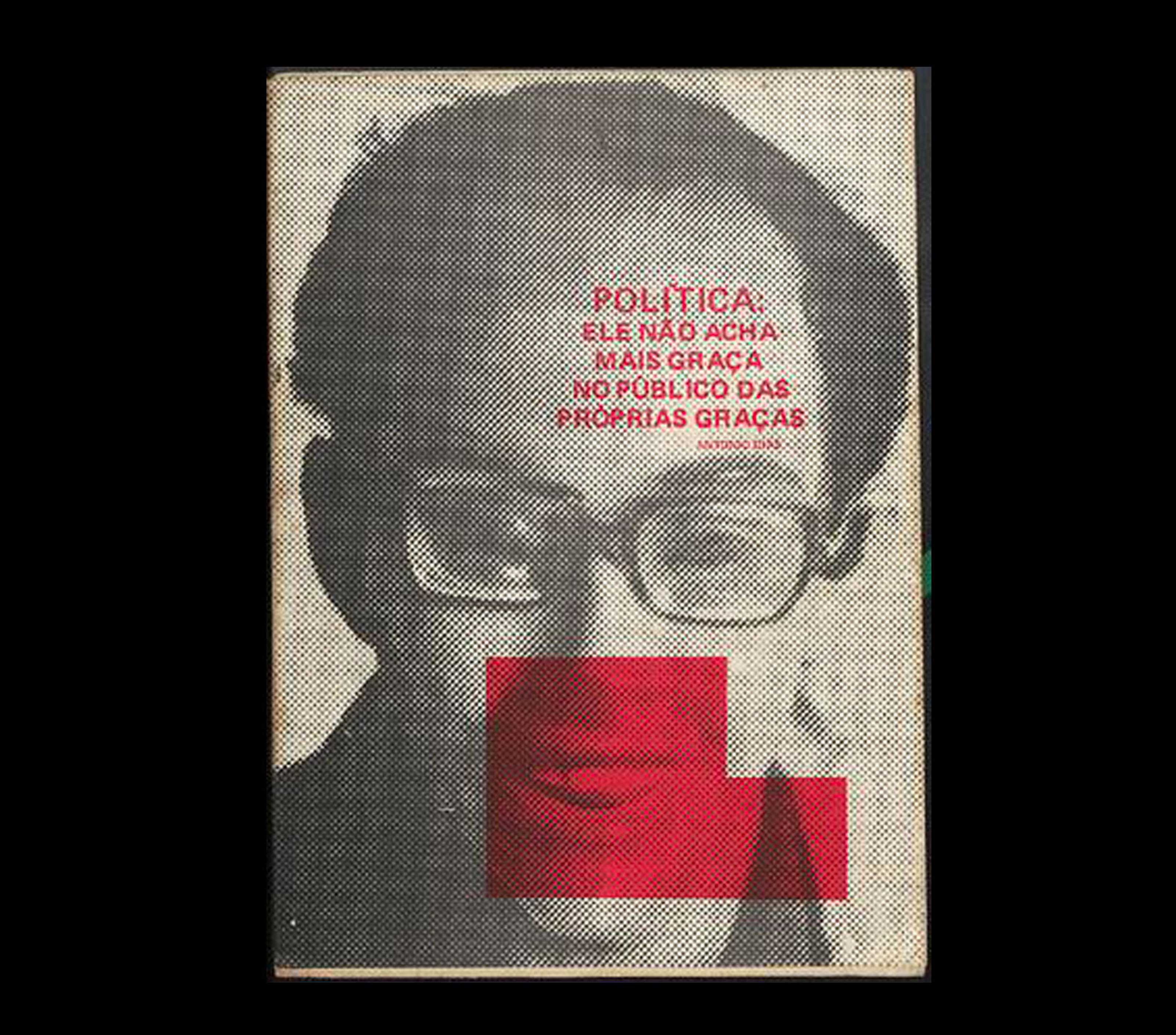
In recent years, there has been a notable shift in political, social, and religious attitudes in Brazil.
Brazilians say everything will be forgotten, grudges and fights should be left behind and whatever happens in carnival stays in carnival.
This is mostly true, but certain events will be harder to forget these days. Latin America’s biggest and most diverse country is leaning right and one of the biggest concerns is whether or not artistic freedom of expression is in danger.


The origin of the word “censor” can be traced to the office of censor established in Rome 443 BCE. While free speech and expression have always been a threat to established interests, whether in Ancient Rome, Medieval Christian Europe, through to the Soviet Socialist Republics of the twentieth century, censorship has a long, complicated history. Artists, journalists, and the intelligentsia are often the first victims of censoring bodies in times of war and conflict.
Though many governments and human rights defenders in Europe and the West rightly criticize the abuses perpetrated in new democracies and non-democratic countries alike, we should remember that the violent history of censorship and colonialism are closely intertwined. There is also a need to recognize the cruel suppression of Indigenous cultures, languages, artifacts, and non-written materials that have been appropriated or muted for centuries. This article proposes that censorship has evolved from its early days to the present, reacting to the ethical demand for the freedom of speech and operating in new, covert ways – ones which we must analyze and resist.

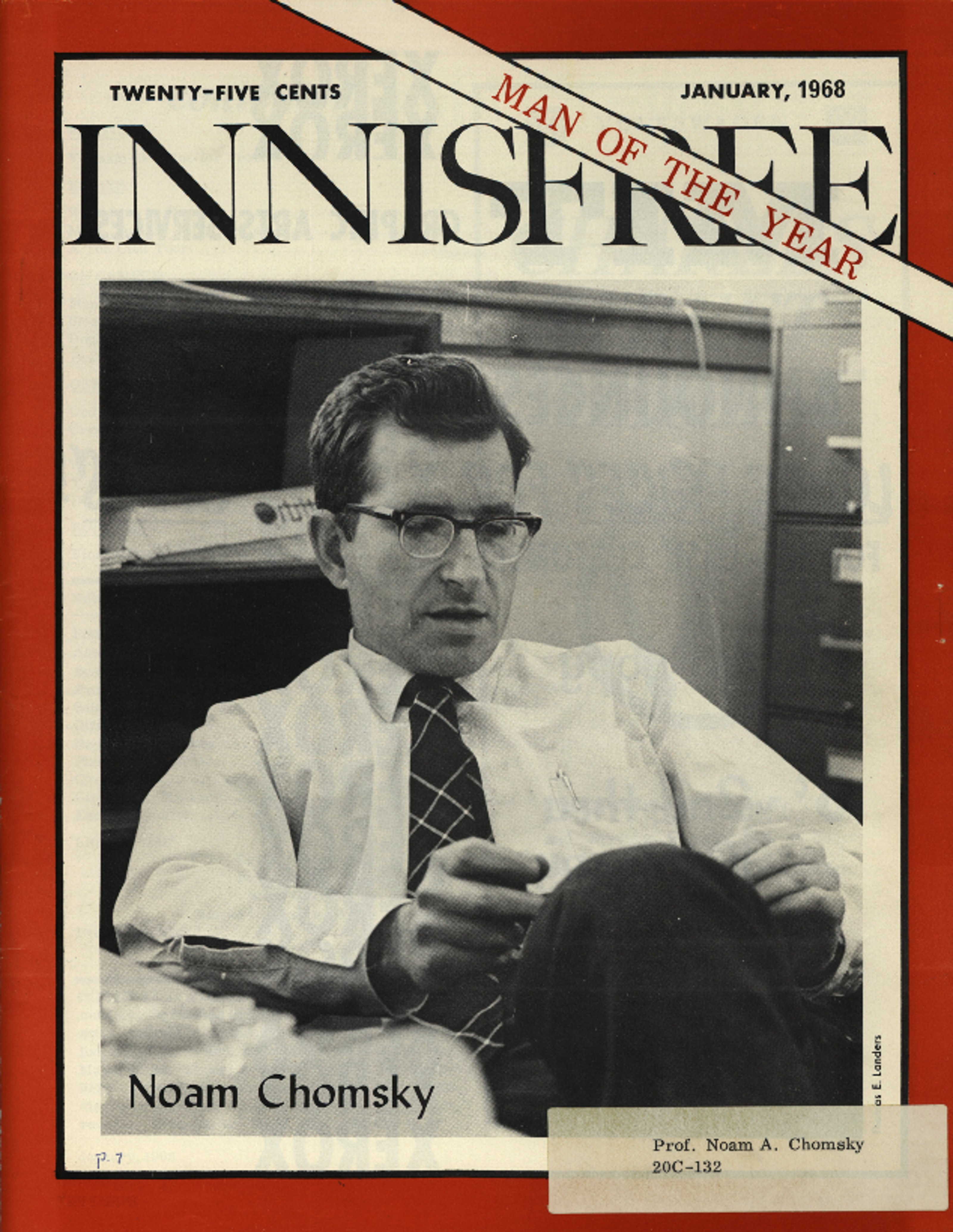
In 1967, MIT’s Innisfree named Noam Chomsky their “Man of the Year” for his work in both linguistics and politics. This is one of many examples of Chomsky’s commitment to being both a linguist and a political activist.

Ana Alenso
In 2016, a Spanish curator was awarded a prize by the Berlin Senat to prepare the group exhibition “Zwischen den Paradiesen” at the Spanish Embassy in Germany. The prize was co-funded by the local Berlin cultural funds and from the Embassy itself. One of the participants, Ana Alenso, a Venezuelan artist who works largely with oil exploitation and its connection to the economy, decided to make a series of photographs of Repsoil oil containers – the largest Spanish oil company that operates in Venezuela.
Alenso had made the work that year during a stay in the Balearic island of Mallorca. Working with found materials and common goods, her reflection was based on the mineral exploitation of her home country and the everyday commodities that are available elsewhere as a result. The embassy withdrew the work claiming that they did not admit any proper names of people or companies. In a Facebook post, Alenso denounced that the embassy was able to control the contents of the exhibition bypassing the curatorial decisions as well as those of the main funders, the cultural funds from Germany. She also denounced the techniques of intimidation used by governments and embassies to silence artists who make work critical of large corporations and institutions.
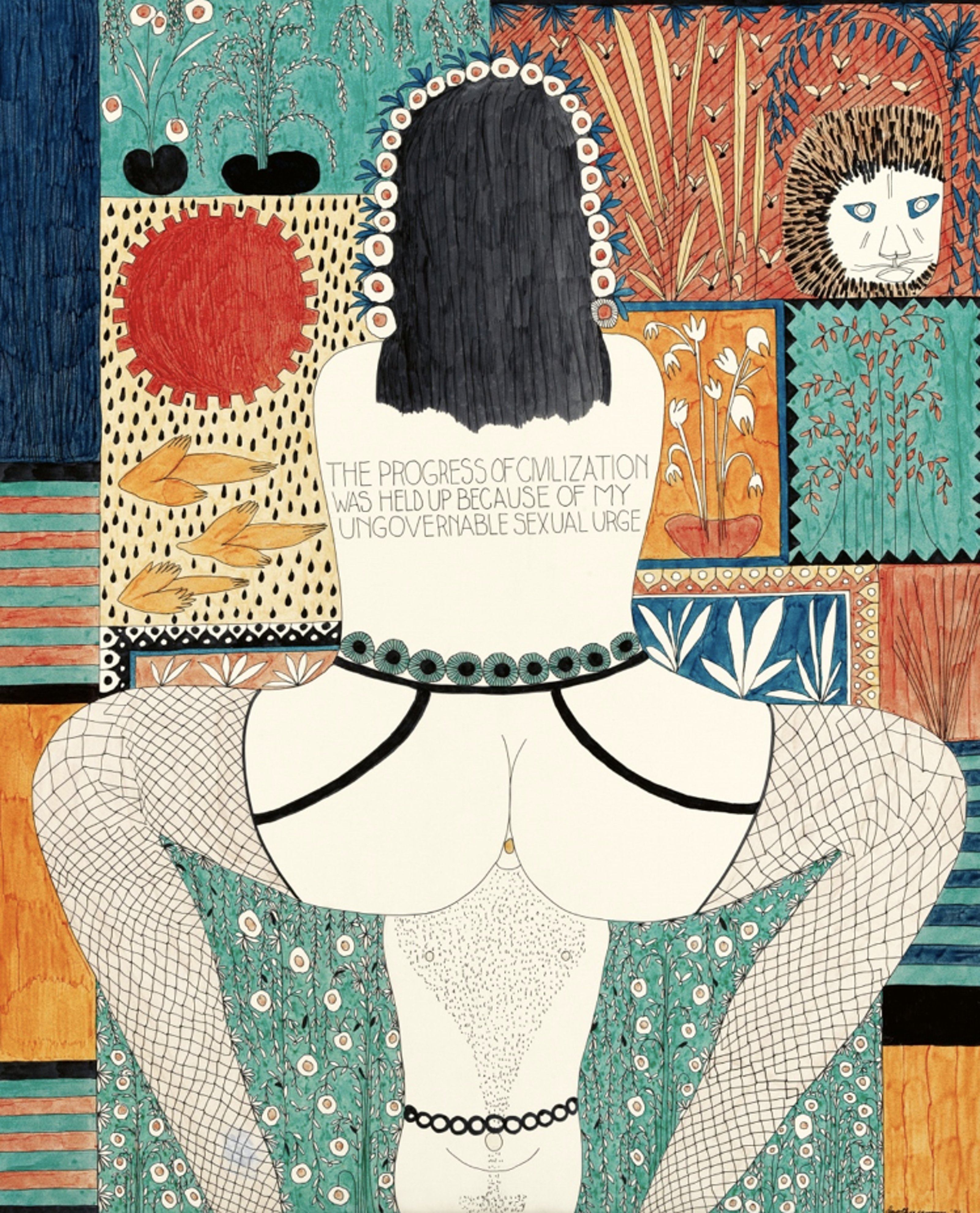
Dorothy Iannone’s depictions of eroticism were removed from an exhibition at Kunsthalle Bern in 1969, after the museum director demanded the genitalia in the works to be covered up. This action motivated Iannone to start a fight against censorship in art, promoting instead values of free love and female independence.
=================================================================================================================================================================================================================================================================================================================================
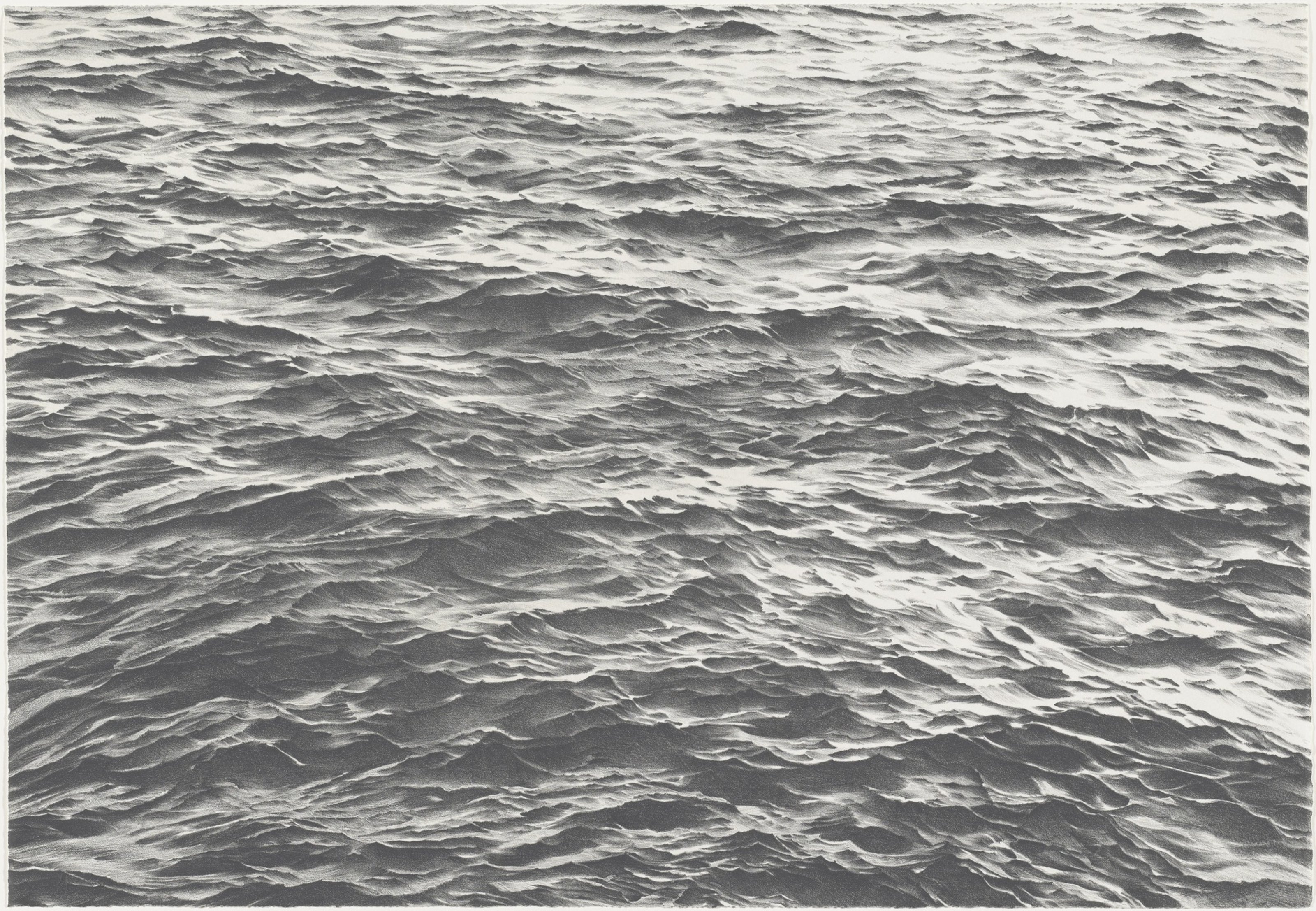
On August 28, 2015, at 3.33 pm Khaled Barakeh posted seven photos showing six dead children on his Facebook account. All of them had met their death in the Mediterranean. Under the title “Multicultural Graveyard”, Khaled’s post, as he wrote it, ran: “Last night more than 80 Syrians and Syrian-Palestinian asylum seekers have drowned in the Mediterranean close to the Libyan shores trying to reach Europe”. These images, censored by Facebook, ultimately changed the way the West viewed immigration.

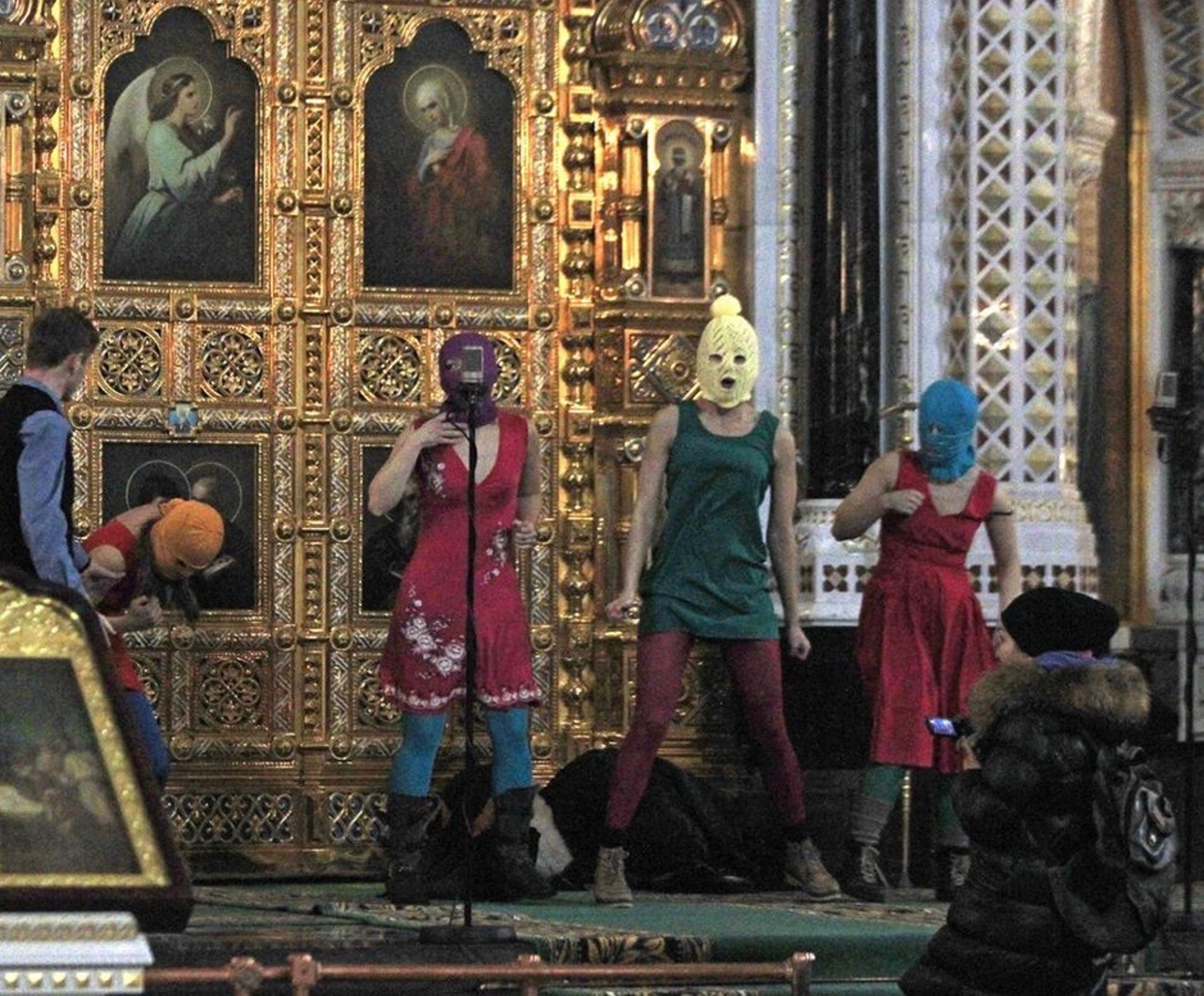
It’s about time for blasting confrontation
Pack of bitches of the sexist regime
Begs the feminist wedge for forgiveness”
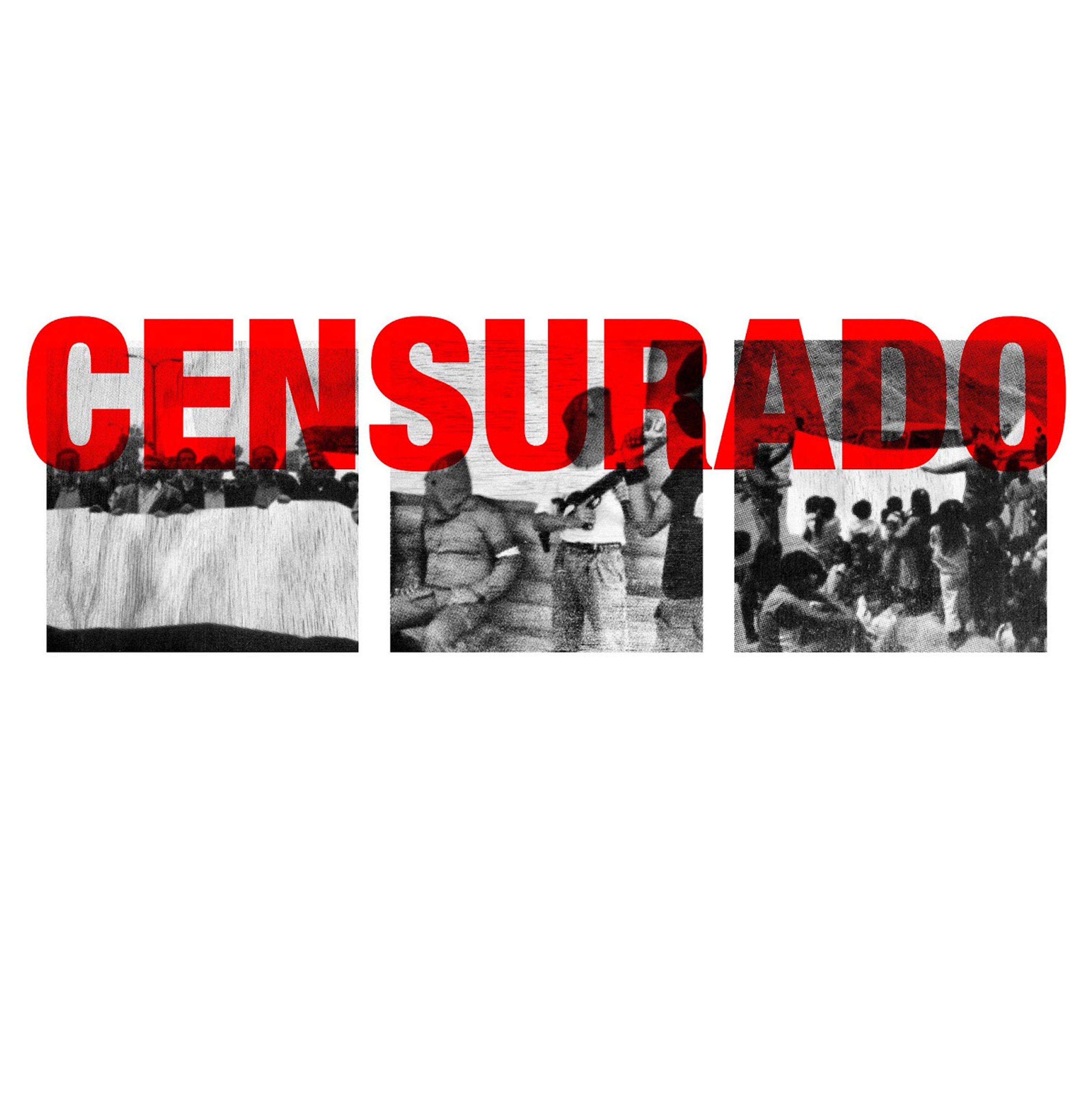
Alán Carrasco
In April 2013, the first edition of Art Lima opened in the Peruvian capital in a military academy. The curator Giuliana Vidarte was invited to curate a special section named “Initiating Collections.” She invited artists to participate by generating thematic works related to Peru’s recent history. Less than 24 hours before the opening of the art fair, the triptych by Carrasco was removed from the fair without explanation. The artist Raimond Chaves shortly communicated that the Peruvian Intelligence Service had withdrawn the work without the permission or consent of the artist or curator taking advantage of the situation that the fair was held in a building of their jurisdiction.
The triptych depicted events that occurred during the internal armed conflict in Peru from 1980 to 2000. Using archive images from the Truth and Reconciliation Commission in Peru that portrayed the army’s role in these events. The director of Art Lima at the time, Christian Bendayán denied that censorship had occurred explaining that although the work had already been hung, it was decided there was not enough space as well as the fact that Carrasco is Spanish-born and they decided to include only Peruvian artists.
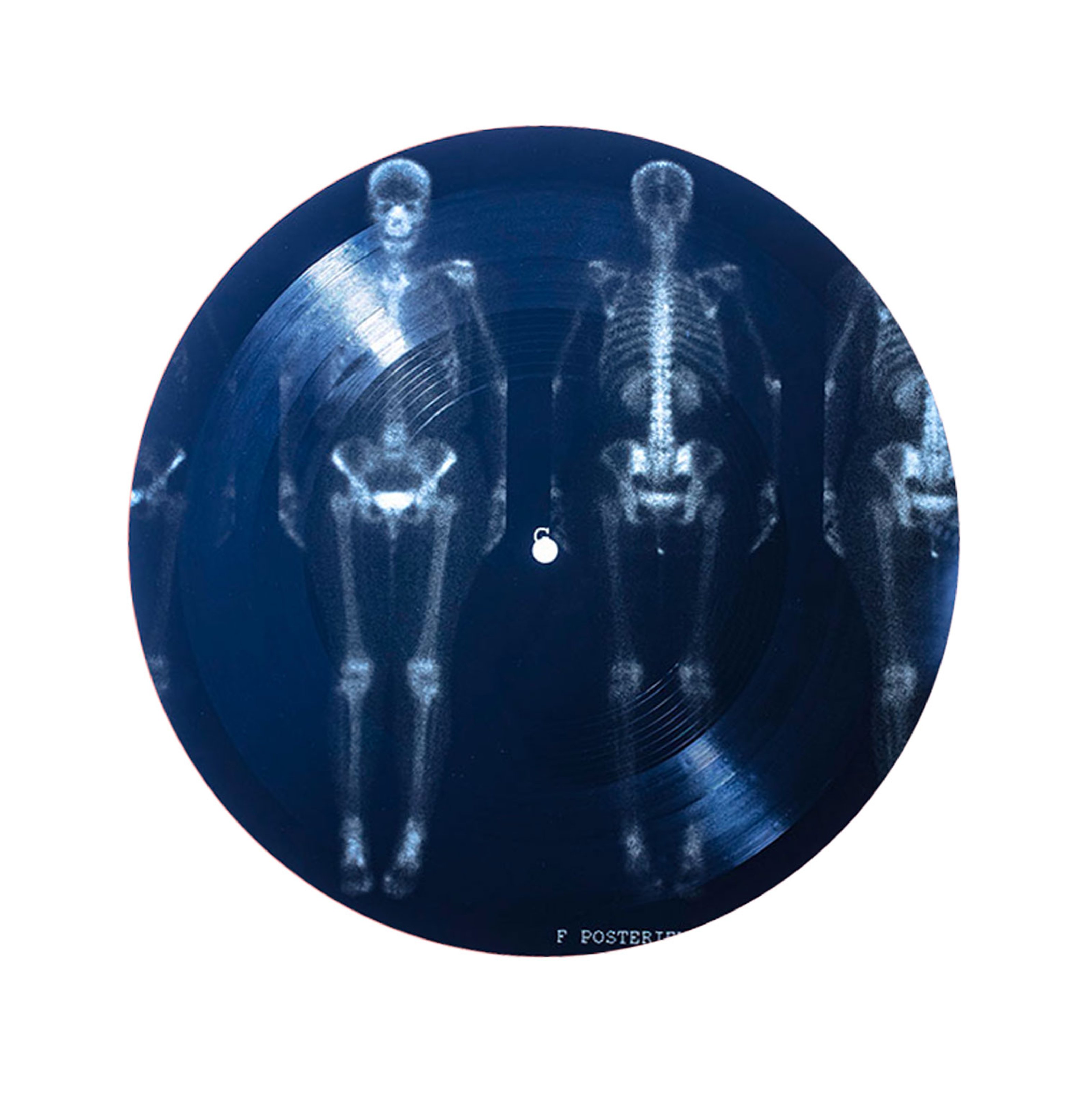
Made possible with contributions by:
Massive Attack
Noam Chomsky
Pussy Riot
Nástio Mosquito
Jónsi of Sigur Rós
Alex Somers
Cyborg Neil Harbisson
Lord Mayor of Sheffield Magid Magid
University of the Underground
Bureau of Lost Culture
Collecteurs
Evrim Oralkan, Jessica Oralkan, Àngels Miralda, Adam Broomberg, Dr. Nelly Ben Hayoun, Stephen Coates, Paul Heartfield, Berke Yazıcıoglu, Dorian Batycka, Lal Avgen, Eser Çoban, Victoria Adams, Chloe McClellan and David Potter.